The Rise and Fall of the Leeches Who Could Predict the Weather
In Victorian England, was there anything leeches couldn’t do?

George Merryweather’s leech barometer was inspired by poetry. A doctor from Whitby, a seaside town in England’s Yorkshire, in the mid-19th century, Merryweather stumbled across a poem written by Edward Jenner, known more for his vaccine for smallpox than his verse. “Signs of Rain: An excuse for not accepting the invitation of a friend to make a country excursion” includes various natural cues, described in rhyming couplets, that rain is on the horizon. Peacocks caterwaul, sunsets grow peculiarly pale, “snorting swines” shift restlessly, and rooks soar precipitously overhead, wheeling like kites.
But Merryweather’s attention was drawn to a particular Jenner observation: “The leech, disturbed, is newly risen,/Quite to the summit of his prison.” As a doctor, Merryweather was not unfamiliar with the bloodsucking worms. Almost any ailment at the time could require judicious (or not) application of leeches, from hemorrhoids to nervous fatigue. A single treatment might call for 80 of them at a time. So popular was the medical leech that they risked extinction in the wild. Young women even waded into stinking ditches for the coveted leeches to attach themselves to their ankles. In the early 19th century, some 30 million leeches made their way each year from Germany to America. When supplies dwindled in 1835, a $500 prize was offered to anyone who could breed the preferred European leech in the United States.
Merryweather, perhaps living up to his name, saw a greater potential in leeches—as storm forecasters. To Victorians, writes Katharine Anderson in Predicting the Weather: Victorians and the Science of Meteorology, “the weather seemed a puzzle that would be solved.” It was, to them, only a matter of time before these mysterious forces could be understood by mathematics and governed by certainty. Victorians also had a preoccupation with what they considered the “natural knowledge” of animals. “Although the subject of Animal Instinct has had the attention of the learned men of all nations drawn to it,” Merryweather wrote, “I am ignorant of any good purpose to which it has been applied.” With his Tempest Prognosticator, he sought to change that, and to couple two invisible forces at the forefront of the learned Victorian mind. It might benefit farmers, he thought, or the parishioners of rural clergymen who had to travel to services. Indeed, he wrote, “my belief is, that it will be the perpetual means of saving thousands of lives, as well as protecting an immense amount of property.”
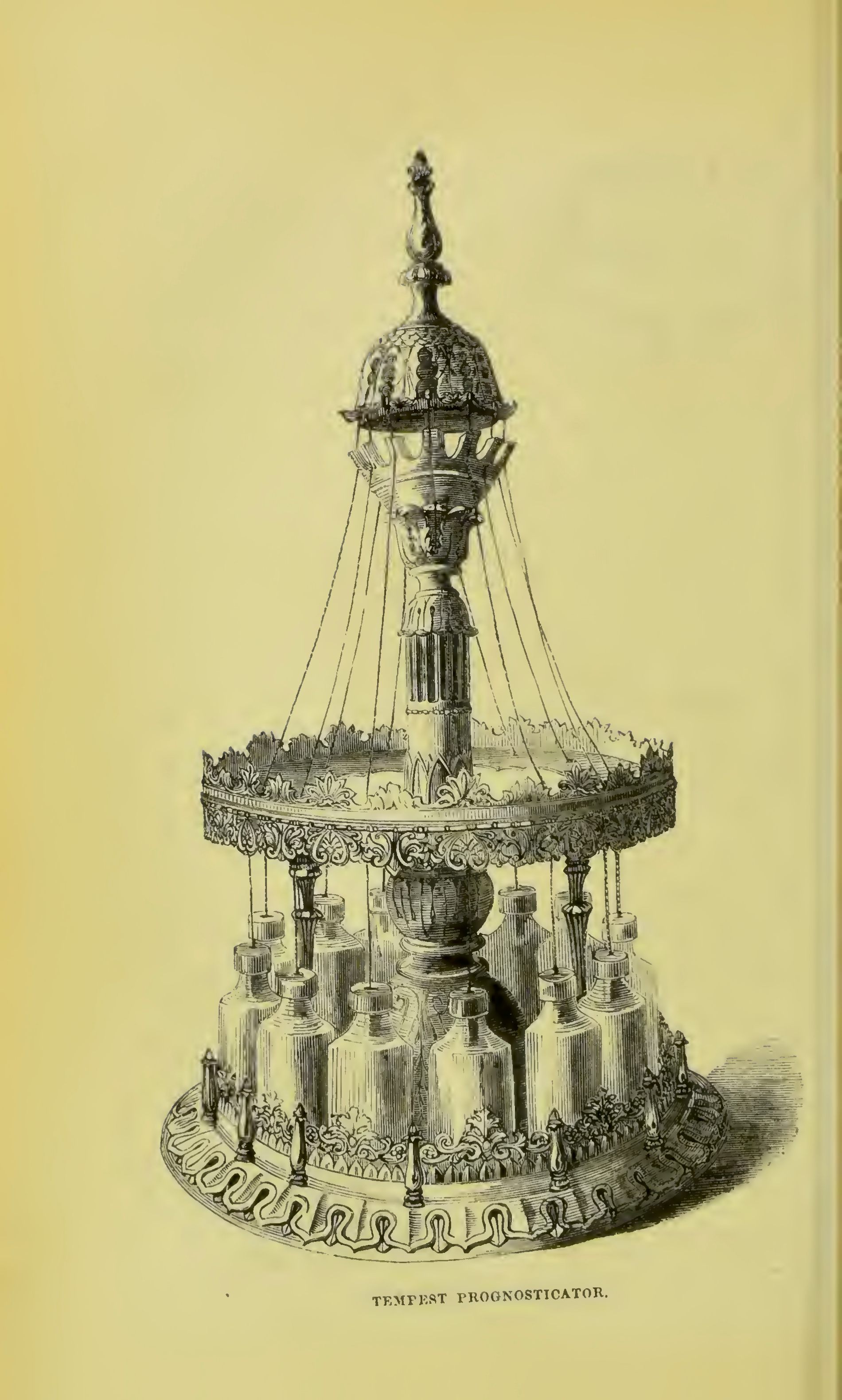
Standing more than three feet tall, the Tempest Prognosticator was an ornate contraption wrought from polished French mahogany, glass, silver, and brass. Twelve glass bottles, each large enough to hold a British pint, stood in a circle around its perimeter, each with a resident invertebrate: a single leech, in a few inches of rainwater. The circle design was both aesthetically pleasing, wrote Merryweather, and humane: “in order that the leeches might see one another and not endure the affliction of solitary confinement.”
In natural circumstances, leeches remain lower in the water unless it is rainy. And when it is, they venture up in the water column and even out of the water in search of blood meals. They do seem to have some natural sense of when air pressure drops and a storm is approaching. In the device, Merryweather observed, the leeches lurched and tumbled, “as if they were subjecting their bodies to some powerful, but imperceptible, influence.” Like mercury rising in a thermometer, the leeches would rise in the water column as rain neared. As a leech slid all the way up into the neck of the bottle, it would dislodge a small whalebone pin, an act that, in turn, rang a large bell in the center. Merryweather found some leeches better suited to the task than others; some were positively prophetic and others, he wrote, “absolutely stupid.” It was forecasting by committee, since if multiple leeches rose in their bottles, the bell would ring out again and again.

Merryweather also reported that his leeches got to know him. They no longer attempted to bite him, he wrote, and “some of them have, over and over again, thrown themselves into graceful undulations when I have approached them; I suppose as an expression of their being glad to see me.” (This is probably more a reflection that Merryweather had grown attached to them than the reverse.)
Over a few months, Merryweather used his leeches to predict storms, and he alerted the Whitby Philosophical Society in a series of letters. There were limitations—he couldn’t predict the direction of a storm, or offer more precision on timing beyond the vague promise of “soon.” Merryweather didn’t write about his failures, but he did earn some positive reviews. “Your prophetic words,” wrote Thomas Watson, a Whitby gentleman, “are verified! With the exception of about twelve hours.” That forecasting precision, at a time when meteorology was about as useful as water divining, afforded him some fame, with the Illustrated London News writing that “The disastrous storm of the month of October, 1850, was foretold by the Tempest Prognosticator, and communicated by letter to the president of the Whitby Philosophical Society, fifty-one hours and a half before it took place.”
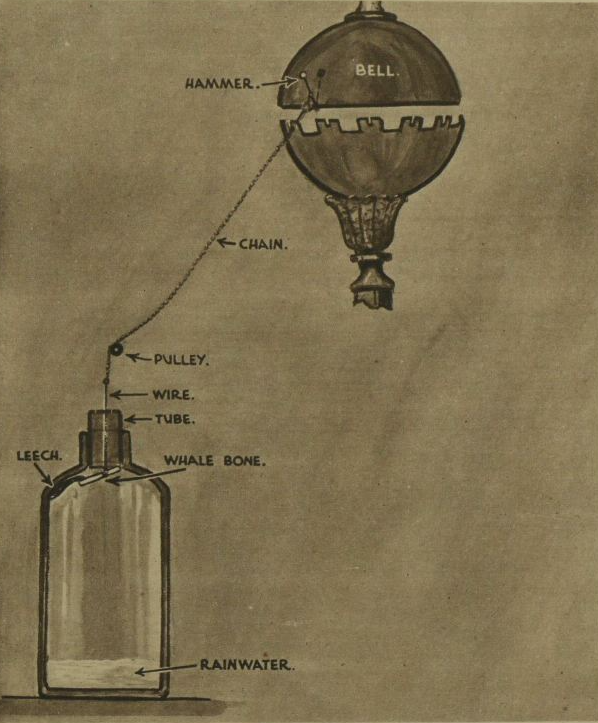
In 1851, the Tempest Prognosticator went on tour. For nearly six months, London’s Hyde Park was host to the Crystal Palace, a vast temporary structure spanning almost a million square feet. Within it, the “Great Exhibition of the Works of Industry of All Nations” presented everything from artificial teeth to a chiming skeleton clock in a rosewood case. And it was there that, Merryweather hoped that his biological invention would capture the imagination of the masses. He had grand designs.
In an essay he read aloud to the Whitby Philosophical Society, he compares himself to Galileo: “What would have been my fate, had I brought out my discovery of the Tempest-Prognosticator at that time and in that country?” He worried about the risk of copycats, and considered building one attached to Great Paul, the largest bell in London’s St. Paul’s Cathedral, so that all 2.6 million residents of 1850s London would know when a storm was approaching. He hoped the government might find it a valuable tool for protecting its shipping interests. “I therefore recommend stations all round the coasts.”
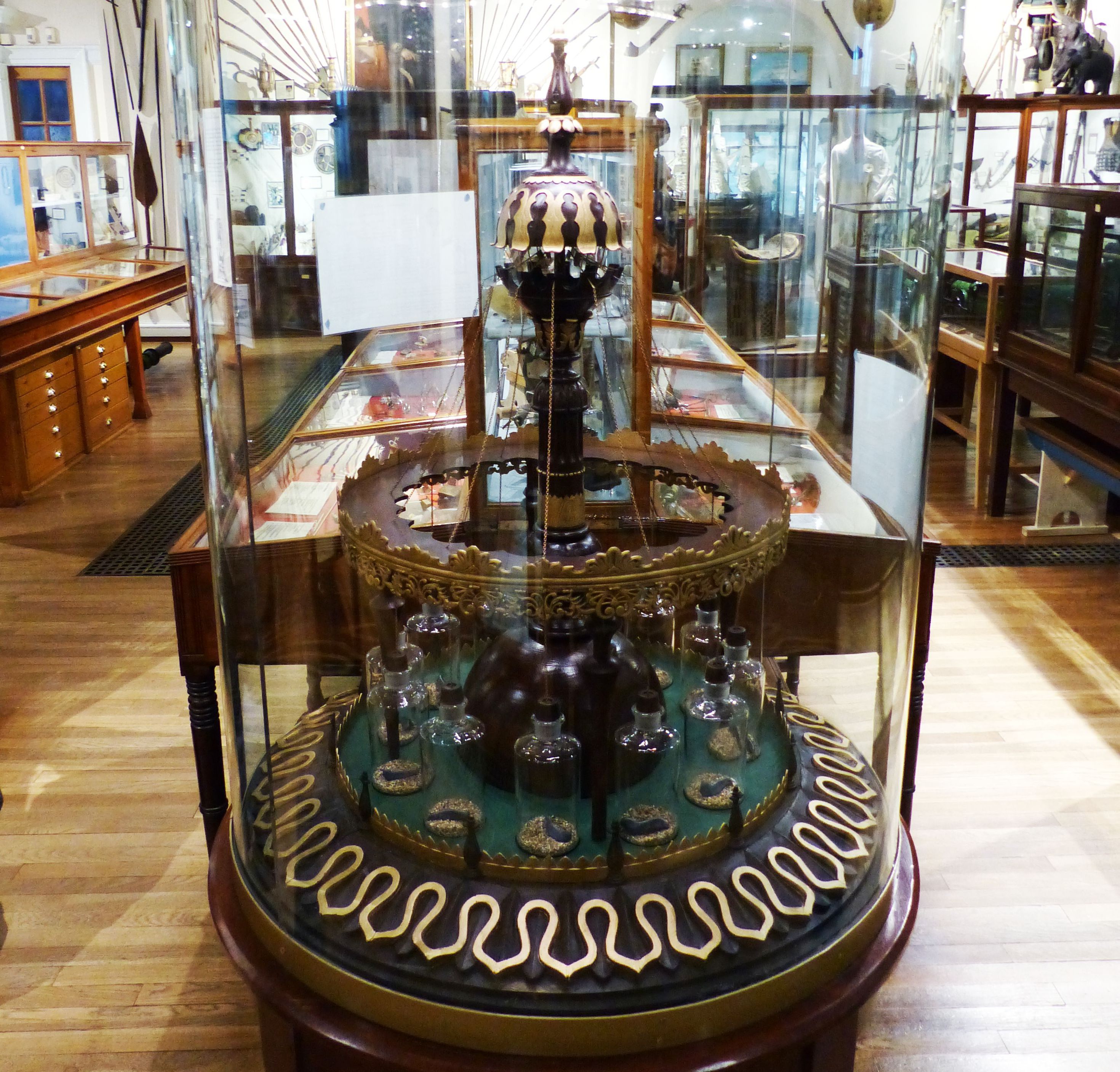
Within 100 years, the Crystal Palace was destroyed by a series of fires, and the Tempest Prognosticator would similarly fail to live up to lasting aspirations. In 1854, the admiral Robert FitzRoy was appointed Meteorological Statist at the Board of Trade, the forerunner to the British Meteorological Office. The government investigated Merryweather’s system as an option for its many stations, but it was thought to be impractical, since the leeches needed to be fed once a month and have their water changed every five days. FitzRoy favored the storm glass—a vial usually containing some mixture of camphor, chemicals, water, alcohol, and air. Crystals and cloudiness in the liquid were thought to indicate forthcoming changes to the weather. (It was less effective than the leeches, which is to say not effective in the least, but it remained in use for decades.)
Merryweather and his pets returned to Whitby, where he resumed his long walks on the sea cliffs, talks to the Whitby Philosophical Society, and treatment of the sick. The original Prognosticator seems to have been lost, though a century later, multiple replicas were made for the 1951 Great Exhibition. One returned to Whitby, and another is found at Barometer World, in Merton, England. None of them are, at present, occupied.



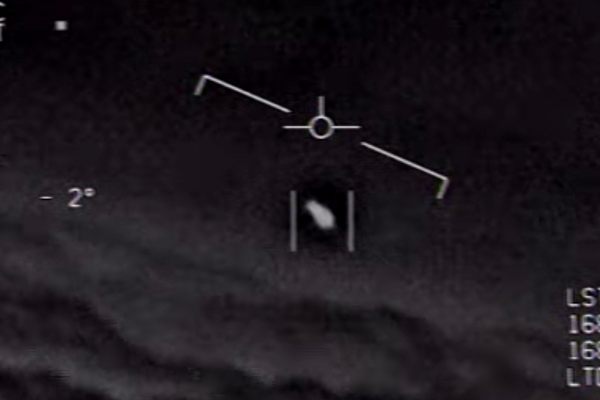
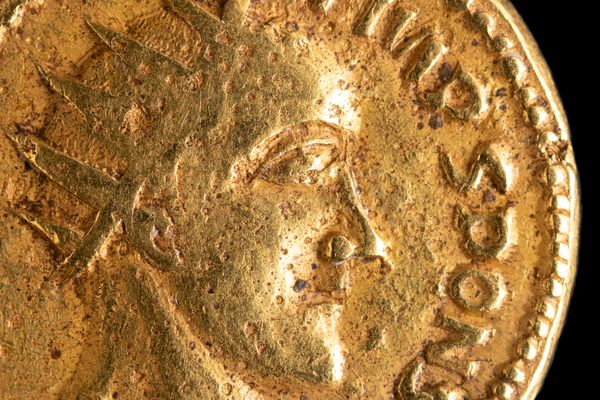
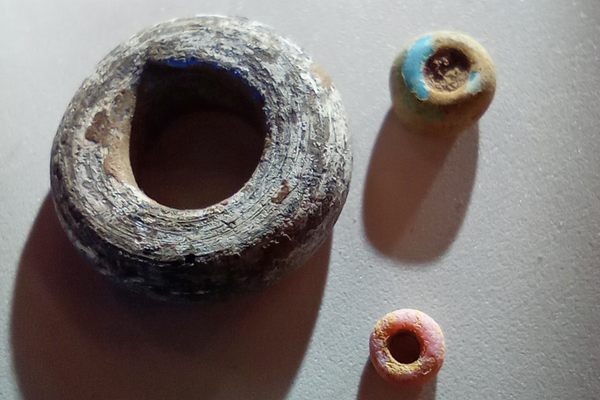




























Follow us on Twitter to get the latest on the world's hidden wonders.
Like us on Facebook to get the latest on the world's hidden wonders.
Follow us on Twitter Like us on Facebook